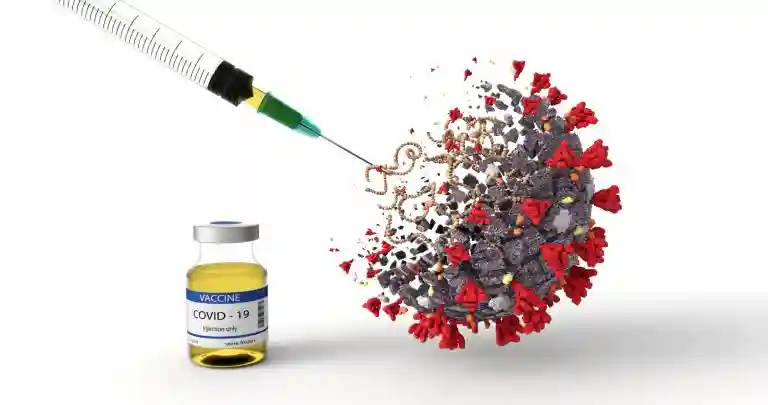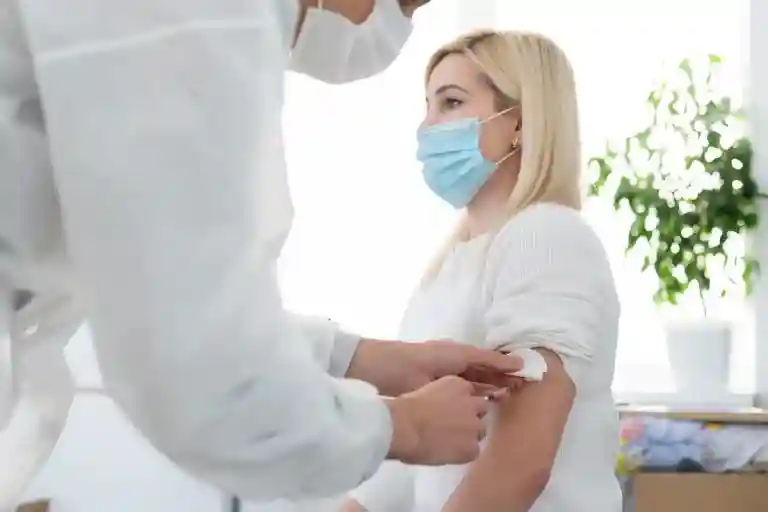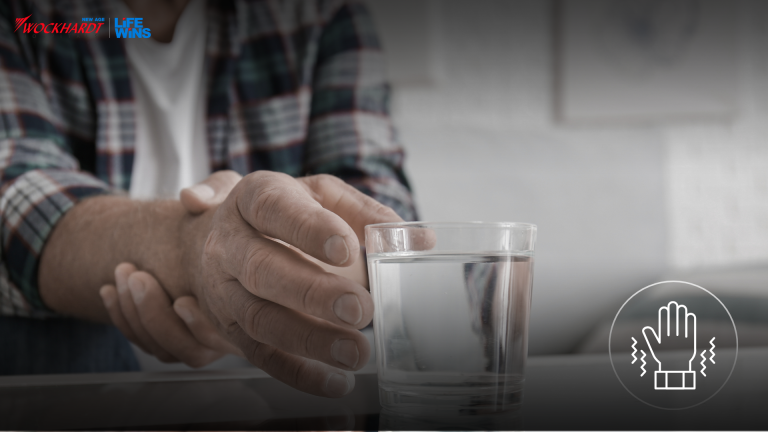In Delhi Chief Minister Arvind Kejriwal inaugurated India’s first plasma bank at the Institute of Liver and Biliary Sciences (ILBS) to ease access to plasma that is being used as a trial to treat Covid-19 patients.
The rising demand for plasma among the patients pushed the government to set up a one-stop centre for the donors. Plasma was not easily available and the patient’s attendants were running from pillar to post in search of plasma from a recovered patient.
What is a Plasma Bank?
A plasma bank functions like a blood bank, and has been created specifically for those who are suffering from Covid-19, and have been advised the therapy by doctors.
In plasma therapy, the antibody rich plasma from a recovered patient is extracted and administered to a patient. The trials are trying to find out if the antibodies can help patients recover.
Criteria for Blood Plasma?
Those who had the disease, but have recovered at least 14 days before the donation can be considered – although doctors prefer a time of three weeks between recovery and donation.
People between the ages of 18 and 60, and weighing not less than 50 kg are eligible.
Women who have given birth are not eligible, as the antibodies they produce during pregnancy (after being exposed to the blood of the foetus) can interfere with lung function.
People with comorbidity such as diabetes, hypertension, and cancer are also excluded.
What is the Procedure?
Once you reach the centre, a doctor will take a detailed medical history and conduct a physical examination (Height, Weight, Blood Pressure, Temperature, adequate veins for phlebotomy).
What Test are Carried out Before Donating Plasma?
Laboratory tests are carried out to assess various conditions – serum protein and CBC, TTI testing for hepatitis B virus, hepatitis C virus, HIV, malaria, and syphilis – and for blood grouping and antibody screening. Serum Covid-19 specific IgG antibody concentration higher than 80 is preferred.
Can a Patient’s Family Directly Contact the Plasma Bank?
No. Each hospital should contact the plasma bank along with the details of the patient who is in need of plasma therapy.
How Many People Would Be Benefitted by One Person’s Donation?
Each plasma donation would be used to treat 2 patients. The bank collects 500 ml of plasma, depending on weight.
How Does Plasma Donation Differ From Blood Donation?
In plasma donation, as opposed to blood donation, only plasma is extracted and the other components of blood are returned to the body.
“plasma and return all red blood cells and other components of blood. All plasma proteins lost by you due to donation will be formed again in 24-72 hours.
How Often Can a Recovered Patient Donate Plasma?
500 ml of plasma can be donated every two weeks, while blood can be donated once in three months. This is safer with very little stress on the body. Plasma can be stored for a year, as frozen plasma will still have antibodies.


















